|
|
Rolf A. Faste Foundation for Design Creativity |
About
|
|
||||||
|
|
|
|
Stanford Engineering Magazine has written a nice tribute and summary of the many contributions of |

|
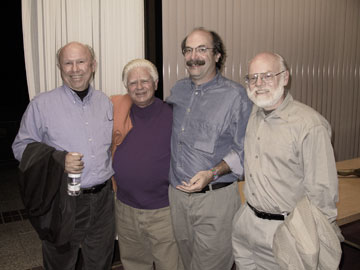
|
February 22, 2020
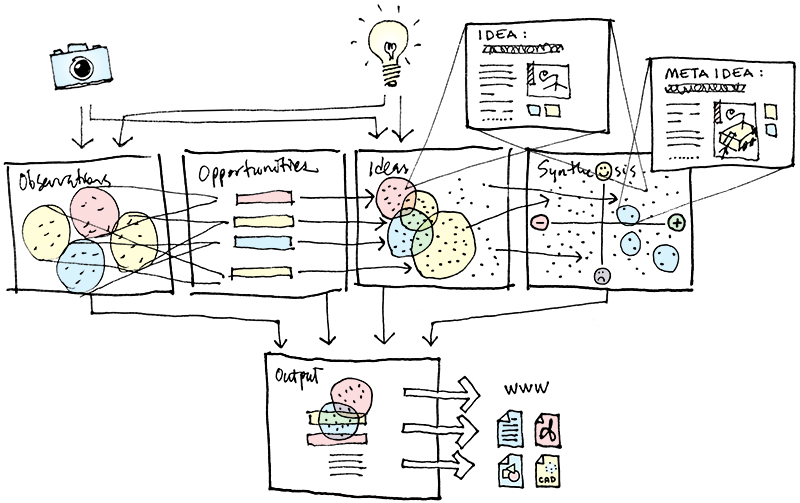
|

|
The Creativity Kernel is a prototype for a new kind of participatory and democratic innovation. It open sources design thinking so that anyone can use it to make the world better. Together, we are empowering collective action on social issues where public opinions may differ, existing resources are limited and grassroots creativity is required. Try out the Creativity Kernel ▸ |
October 5, 2019
|
Full-color paperbacks of the book are available on Blurb ▸ |

|
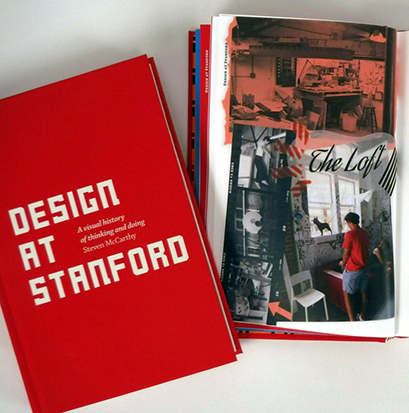
|
August 1, 2016
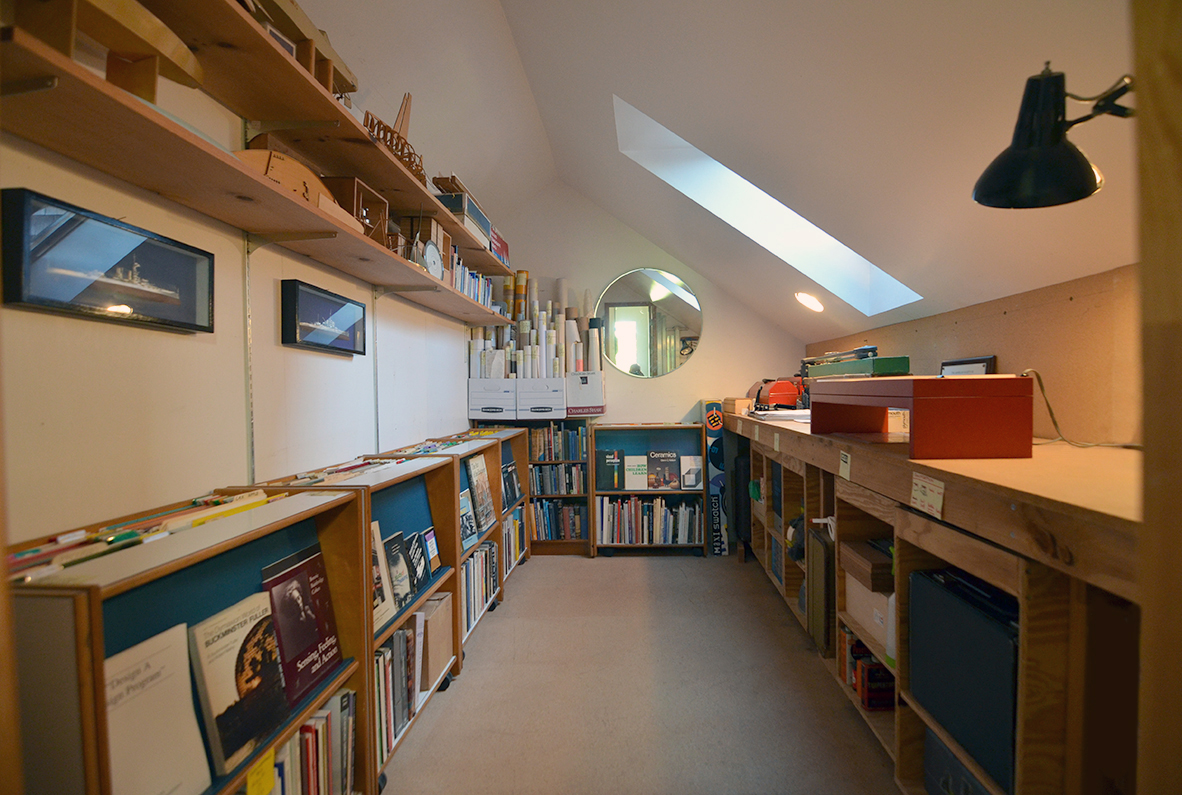
|

|
The design archive includes over 100 boxes of Rolf’s drawings and notes, several thousand books on design, art, education, etc., and an impressive collection of resources for design education. More about the Faste Design Archive ▸ |
April 8, 2016
|
Here’s a link to the proposal ▸ |

|
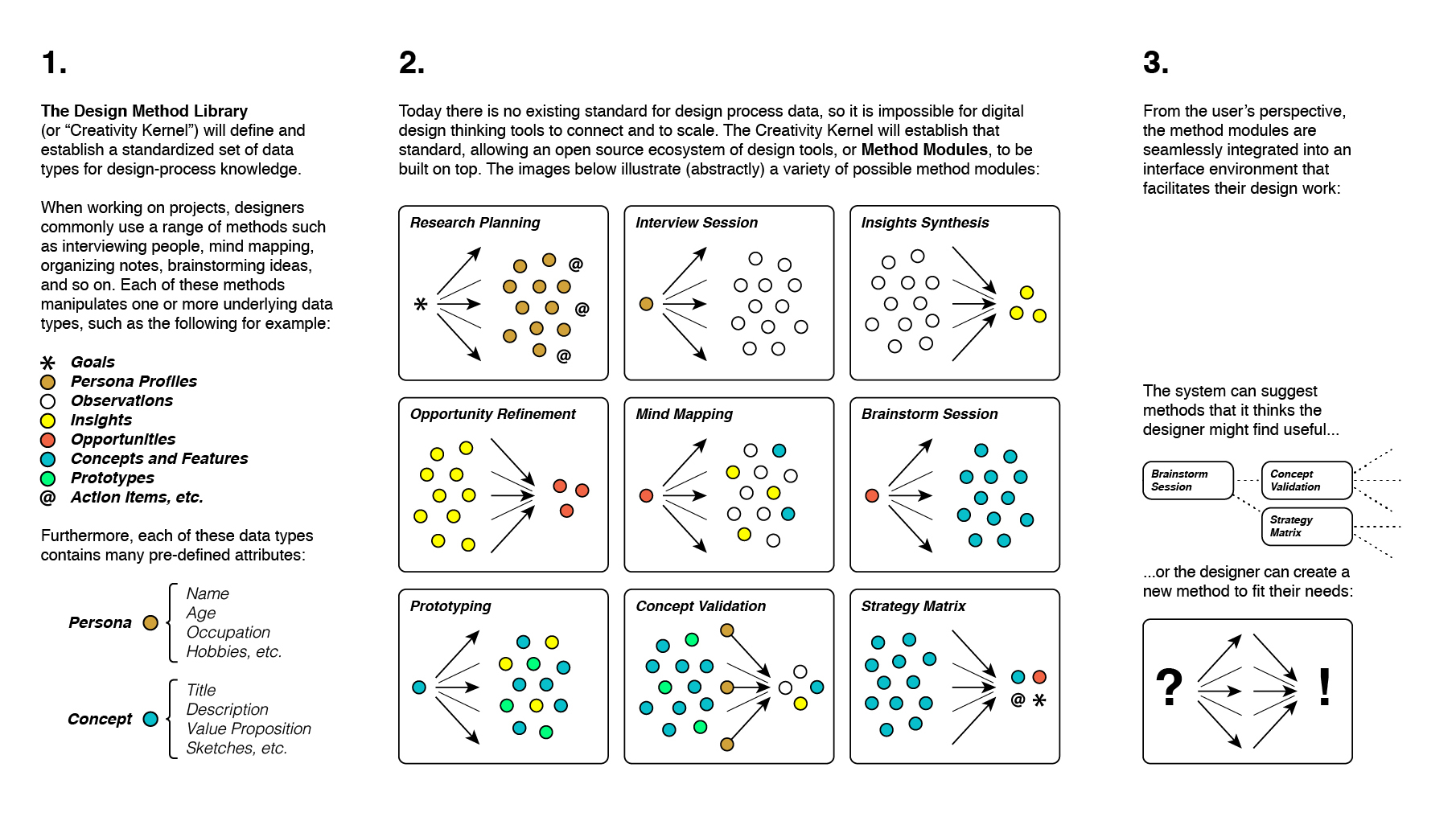
|
January 9, 2016
|
|

|
July 10, 2015
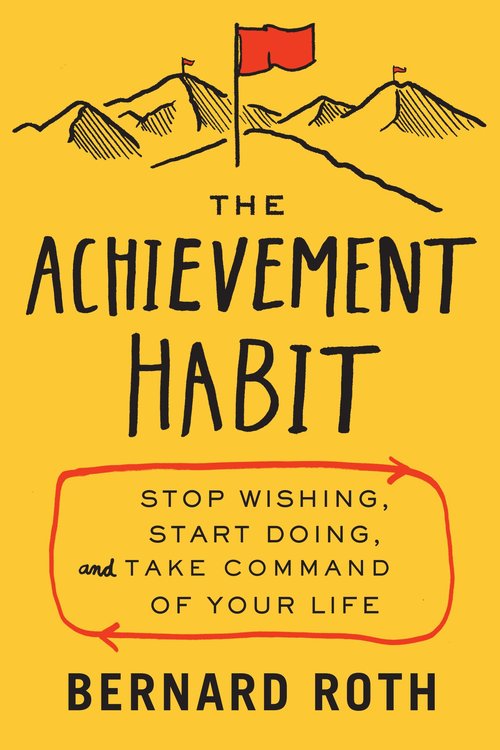
|

|
The book is an insightful contribution to the human potential of design, and is highly recommended for anyone interested in being a better person. It’s beautifully written and contains many useful exercises and memorable stories. Learn more about The Achievement Habit ▸ |
December 4, 2014
|
This exhibition looks at how design has become more and more user-focused over the past fifty years, and how this shift has affected the daily lives of people everywhere. Learn more about Beautiful Users ▸ |

|
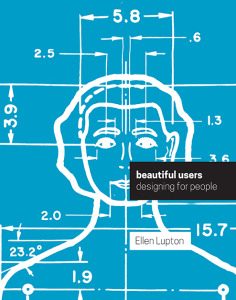
|
October 12, 2014
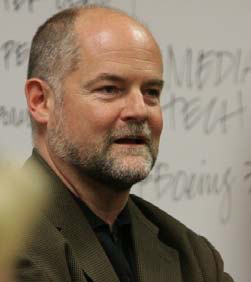
|

|
At the request of his family, DMI has organized |
December 1, 2012
|
Discussing the origins of this trend in the 1970s, Williamson writes “Rolf Faste, a design professor at Syracuse University, developed a new chart linking parts of the body to design features. This chart, called ‘The Enabler,’ differed in look and logic from earlier human factors charts based on a select anthropometric spectrum... His charts emphasized the overlaps among impairments, showing, for example, that difficulties in comprehension, sight, and mobility all corresponded to design strategies for hand controls and buttons... In focusing on limitations, rather than a ‘typical’ 95 percent of bodily dimensions, ‘The Enabler’ sought design improvements that could potentially improve function for all users.” Read Williamson’s complete article online at www.jstor.org ▸ |

|
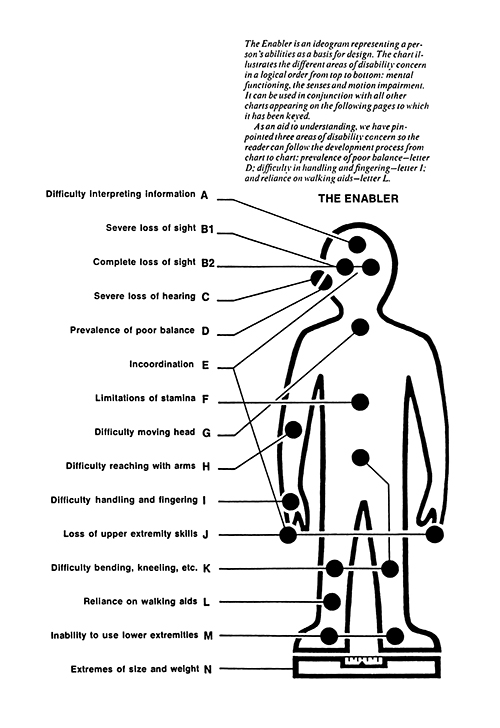
|
|
|
|
Faste Foundation
|

|
Click here to join our mailing list.
|

|
